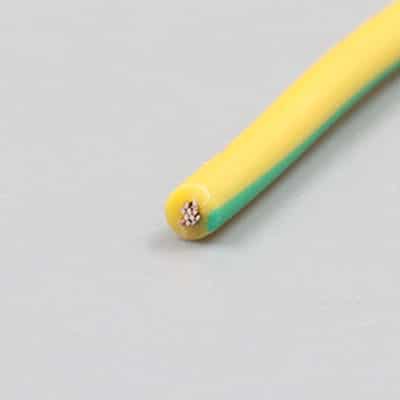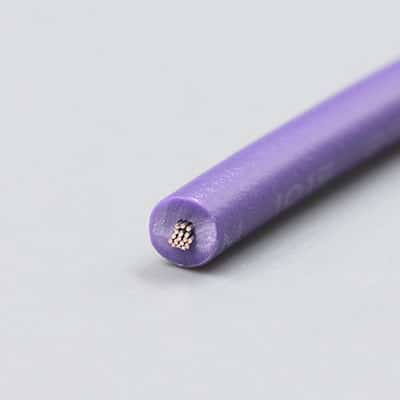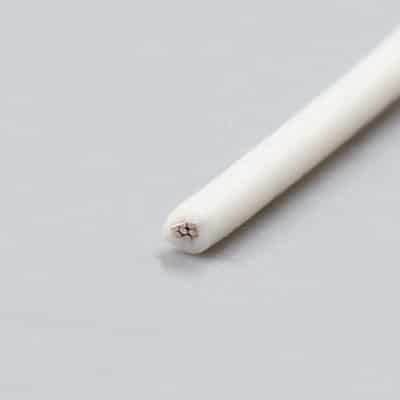SATA cables, a fundamental component in computer systems, serve as indispensable conduits for linking storage devices such as hard disk drives and solid-state drives (SSDs) to computers, ensuring swift and dependable data transfer for efficient computing operations. If you didn’t find the product you want, welcome to contact us for help.
Rated Voltage:
Temperature:
Wire Gauge:
Insulation:
300V
80℃
14-30AWG
PVC
Rated Voltage:
Temperature:
Wire Gauge:
Insulation:
600V
105℃
16-26AWG
PVC
Rated Voltage:
Temperature:
Wire Gauge:
Insulation:
300V
80℃
16-32AWG
PVC
Introduction to SATA Cables: Types, Connectors, and Applications
SATA (Serial Advanced Technology Attachment) is a computer bus interface standard used for connecting storage devices. Initially introduced by Intel in 2003, it aimed to replace the older parallel ATA interface, offering higher data transfer speeds and simplified connectivity. SATA interfaces find widespread application in modern computer systems, particularly for connecting storage devices such as hard disk drives (HDDs), solid-state drives (SSDs), and optical drives.
Types of SATA Cables:
1. SATA 1.0 Cable: This was the initial SATA interface standard, supporting a maximum transfer rate of 1.5 Gbit/s (approximately 150 MB/s). These cables are often referred to as “SATA 1.5 Gb/s cables.”
2. SATA 2.0 Cable: Also known as SATA II, it supports transfer speeds of up to 3.0 Gbit/s (approximately 300 MB/s). These cables resemble SATA 1.0 cables but can handle higher speeds.
3. SATA 3.0 Cable: Also called SATA III, this is the most commonly used standard today, supporting transfer speeds of up to 6.0 Gbit/s (approximately 600 MB/s). These cables typically feature higher quality and performance, suitable for connecting high-speed hard disk drives and SSDs.
4. Slimline SATA Cable: These cables are used to connect smaller devices such as optical drives or SSDs in laptops. They feature smaller connectors compared to other types of SATA cables, fitting into tight spaces.
5. eSATA Cable: External SATA (eSATA) cables are used to connect external hard disk drives and other storage devices. They are similar in specification to internal SATA cables but come with external connectors, often in a specialized cable.
SATA Connector Brands:
1. Amphenol: Amphenol is a well-known connector manufacturer offering various specifications of SATA connectors known for their reliability and quality.
2. Molex: Molex is another trusted connector manufacturer providing various types of SATA connectors, catering to a wide range of needs from desktop to industrial applications.
3. TE Connectivity: TE Connectivity is a global connectivity technology company offering a range of connectors for computers and electronic devices, including SATA connectors.
4. Foxconn: As a leading global electronics manufacturing services provider, Foxconn produces a large volume of SATA connectors supplied to many renowned electronic brands.
Applications of SATA Cables:
– Hard Drive Connections: SATA cables are primarily used to connect hard disk drives (including mechanical HDDs and SSDs) to motherboards or expansion cards for data transfer and storage.
– Optical Drive Connections: Early SATA interfaces were also used to connect optical drives such as DVD drives to computer systems.
– External Storage Device Connections: eSATA cables are used to connect external hard disk drives and other external storage devices to computers, providing high-speed data transfer interfaces.
– RAID Configurations: SATA interfaces are also commonly used for configuring RAID systems, achieving data redundancy and performance enhancement through multiple hard disk drives.
In summary, SATA cables are essential components in computer systems, providing fast and reliable data transfer channels for various types of storage device connections. They play a crucial role in modern computer systems, supporting a wide range of storage devices and configurations.


